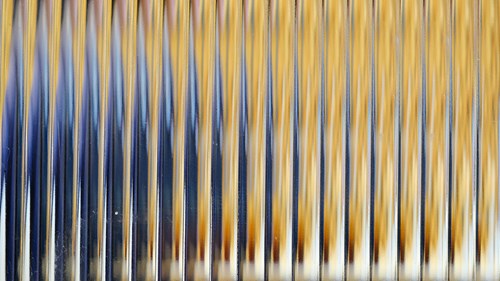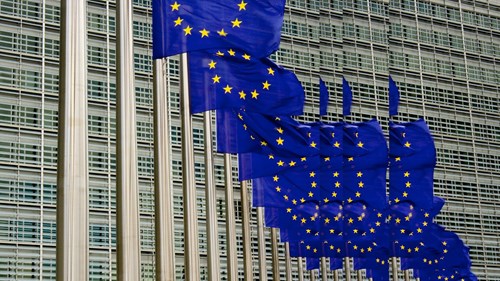Reform of EU State aid law: Major subsidies pave the way for climate neutrality
The European Commission presented its Green Deal Industrial Plan on 1 February 2023. The plan defines the goal of net-zero industry in Europe and a rapid transition to climate neutrality. EU State aid law was pinpointed as a key implementation tool, leading to the adoption of the Temporary Crisis and Transition Framework (TCTF) on 9 March 2023 (see our News article).
Simplified investment in response to competition from outside Europe
The European Union faces international competition in its transition to climate neutrality. It is crucial to use EU State aid law to prevent companies migrating to third countries. This applies especially to companies operating in strategically important sectors (batteries, solar panels, wind turbines, heat pumps, electrolysers and equipment for carbon capture, use and storage). Up to 15% of the costs of manufacturing equipment or key components in those sectors, including the required raw materials, and a total amount of up to EUR 150 million, are eligible for State aid (see paragraph 85 TCTF). Depending on the assisted region, State aid of up to 35% of eligible costs and a total sum of up to EUR 350 million can be granted. If State aid is awarded in the form of tax advantages, loans or guarantees, the amount may be increased by 5 percentage points, even up to 20 percentage points with regard to small and medium-sized enterprises ('SMEs'). The State aid can be granted on a temporary basis until 31 December 2025 under the TCTF and must not lead to any changes of location within the single market. The companies concerned must also commit to keeping the investment in that region for at least five years (three years for SMEs) after the completion of the investment.
To remain competitive compared with third non-EU countries, two mechanisms in particular were included in Chapter 2.8 TCTF (paragraph 86) to allow for higher State aid in individual cases. These two mechanisms apply only to individual aid and additional requirements must be met (see below).
Matching aid
It may be more lucrative for companies to relocate their production to third countries outside the EEA, for example if those countries offer higher and simpler State aid options. The matching aid mechanism is intended to allow a company to receive State aid in the single market equal to what it would have verifiably received in a third country outside the EEA for a comparable investment. Hereby, the instrument is reminiscent of the “most-favoured-nation” principle used by the WTO.
Funding gap
The aim of this scheme is to plug any funding gaps compared to third countries to give companies an incentive to operate within the EEA. Having said this, the instrument is already familiar within EU state aid law, but with a different reference point. Typically, EU state aid law focuses on the amount necessary to induce the company to invest. In contrast, the funding gap is determined by the third country scenario, i. e. the difference between the net present value of the expected cash flows of the aided investment and the net present value of the expected cash flows of the hypothetical investment in a third country outside the EEA.
Careful assessment required
There are additional requirements to be met to qualify for these additional subsidies based on matching aid or funding gaps. Depending on whether the amount is lower for matching aid or under the funding gap scheme, only the lower amount of State aid can be granted.
The company must provide substantiated evidence of subsidies that it would be likely to receive in a third country outside the EEA. In addition, the company must use state-of-the-art production technologies from an environmental emissions perspective.
As not all Member States have the same opportunities to adapt their subsidies to those of third countries, the mechanisms may pose a risk to the competitiveness and integrity of the single market. Therefore, the TCTF stipulates that higher investments may be subsidised if they
(a) are within a previously designated assisted area for regional aid
(b) are carried out in at least three Member States. In the case of cross-border investments (option b)), a significant part of the total investment must be realised in at least two assisted areas, one of which must be designated as a structurally weak and thus category “A” assisted area. “A” assisted areas are outermost regions or regions whose GDP does not exceed 75% of the EU average. In this way, aid granted to one rich region is meant to boost other regions too.
For more insights into the TCTF, follow our series about the EU state aid reform.
Well
informed
Subscribe to our newsletter now to stay up to date on the latest developments.
Subscribe now








